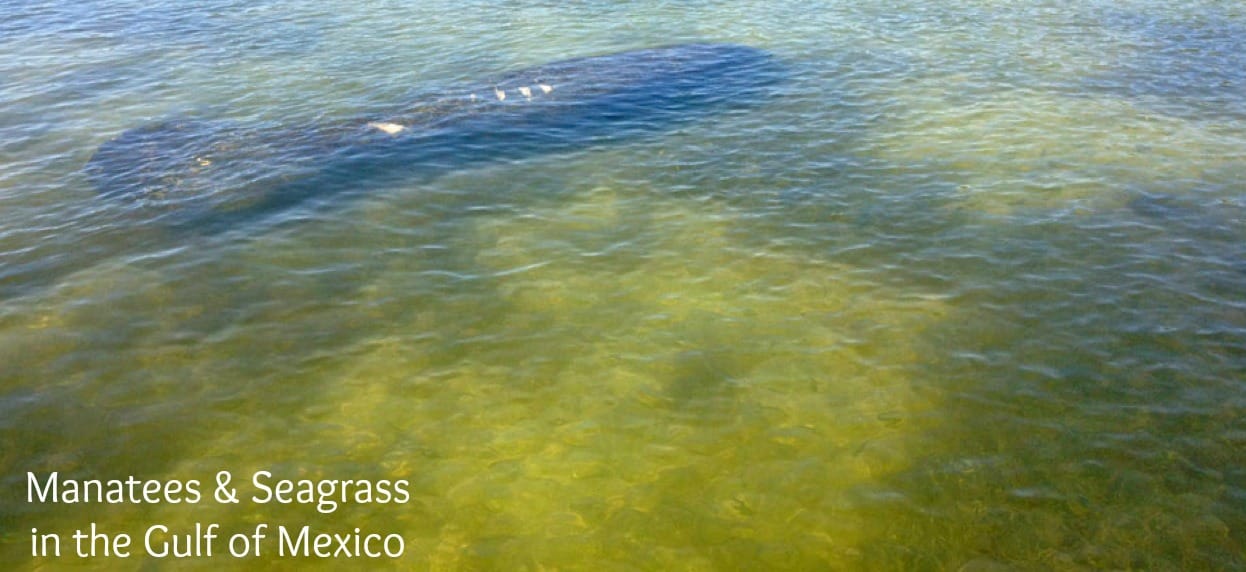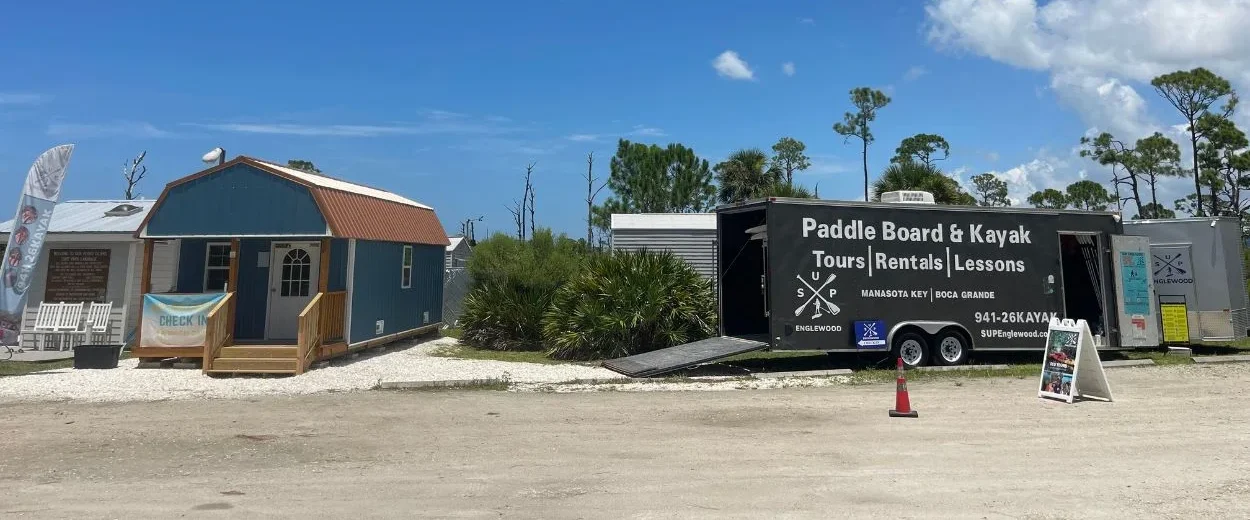Importance of Seagrass in the Gulf of Mexico
Seagrass may not be as glamorous as coral reefs or as visible as mangroves. However, these submerged plants play a vital role in marine ecosystems, particularly in the Gulf of Mexico. Dive in to discover why it is essential for both marine life and human activity. Learn how it is currently threatened by various environmental and anthropogenic factors.
The Biology of Seagrass:
Seagrass is not your average plant; it’s a unique type of flowering plant that thrives deep within marine environments. These plants provide the much-needed sustenance for a variety of herbivores underwater, including the gentle giants—manatees.
The Give-and-Take Relationship:
While seagrass beds rely on clear water for photosynthesis, they return the favor by enhancing water quality. Through photosynthesis, oxygen is produced into the water column and their robust root systems secure them firmly to the sea floor.
Seagrass Varieties in the Gulf:
The Gulf of Mexico is home to six common types of seagrass. Among them are Turtle Grass and Manatee Grass, which serve as primary food sources for endangered species like the green sea turtle and manatees, respectively.
A Haven for Marine Life:
The importance of seagrass in the Gulf of Mexico cannot be overstated. It serves as a natural habitat for a myriad of sea creatures. Seahorses, starfish, and various shellfish like blue crabs, and bay scallops find sanctuary here. Fish species like drums, snapper, and trout use these grass beds as nurseries and for protection against predators.
The Human Impact on Seagrass:
However, human activities pose a significant threat to these vital ecosystems. Dredging, commercial boating, and water pollution all negatively impact seagrass beds. Even recreational boating can cause irreparable scarring of these fragile habitats.
Local Impact & Future Challenges:
According to The Gulf of Mexico Program Habitat Team, seagrass habitats in Sarasota Bay and Greater Charlotte Harbor face challenges such as increased urbanization and sedimentation. Astonishingly, there’s been a 6% decline in coverage since 1982.
The Manatee Connection: Nature’s Gentle Giants
One of the most charismatic creatures benefiting from the seagrass beds in the Gulf of Mexico is the manatee. Often referred to as “sea cows,” these slow-moving herbivores feed primarily on seagrass and can consume about 10% of their body weight in a single day! That’s approximately 100 pounds of sea grass for an average adult manatee.
Sea Grass is an indication of a healthy ecosystem:
Manatees are crucial indicators of the ecosystem’s health. A decline in the manatee population often signals broader issues such as water pollution and habitat destruction. They are also a keystone species in marine ecosystems, helping to maintain biodiversity by keeping seagrass beds pruned, which in turn allows for new growth.
Human Impacts on Manatees:
However, these gentle giants face numerous threats, including watercraft collisions, cold stress, and habitat loss. Increased human activity in the Gulf of Mexico is leading to frequent manatee-boat collisions, often resulting in grave injuries or fatalities. Cold snaps can also be detrimental to manatees, who require warm waters for survival.
Essential Lifeline for Florida Manatees:
Protecting seagrass beds isn’t just about preserving plants; it’s also a significant step in ensuring the survival of species like the manatee. By protecting these unique habitats, we’re promoting a chain of life that is essential for the biodiversity and health of our marine ecosystems. Learn more about Florida Manatees, like where to find them seasonally on our blog.
Seagrass is Critical:
The next decade is critical for the survival and growth of seagrass beds in the Gulf of Mexico. Sustainable planning, public education, and strict enforcement of marine protection laws are required to turn the tide. Let’s not underestimate the importance of seagrass; it’s a lifeline for many and deserves our full attention and care. Interested in helping volunteer for Lemon Bay’s Seagrass? Check out Charlotte Counties Sea Grant program for seagrass monitoring.


